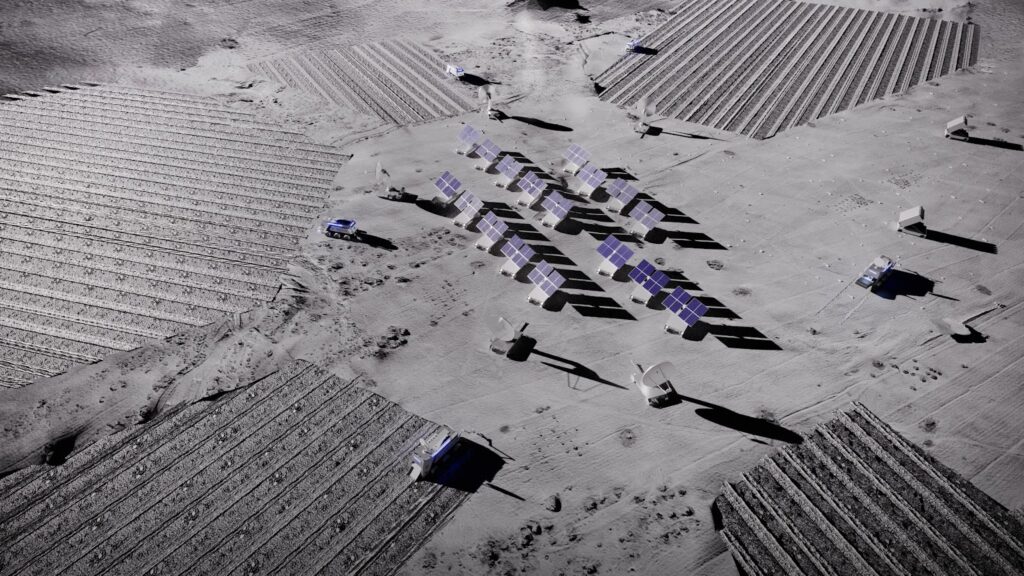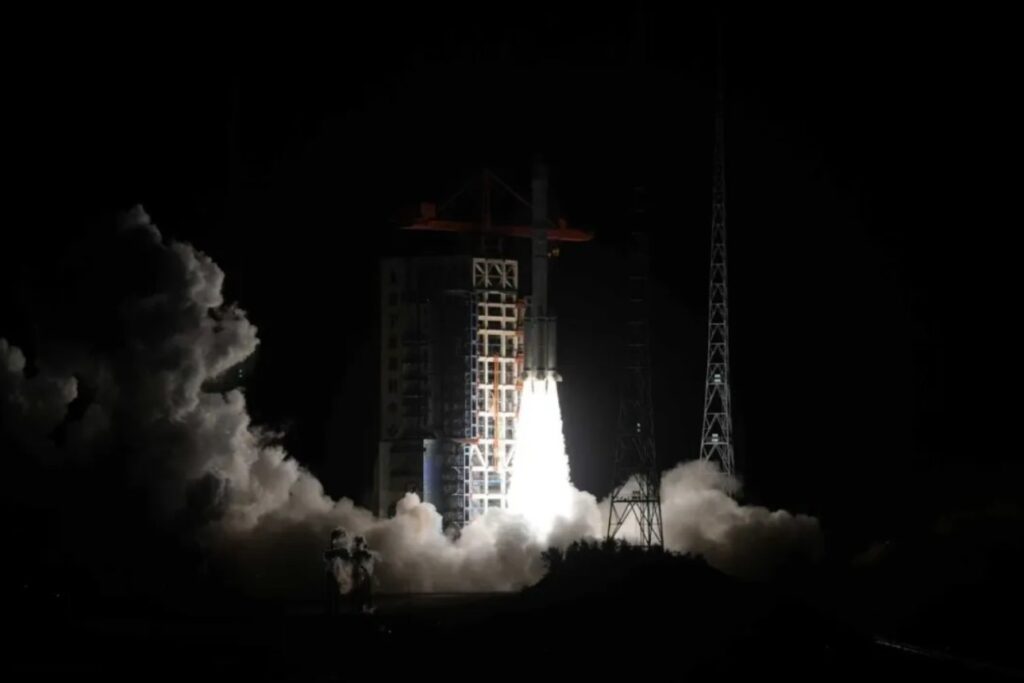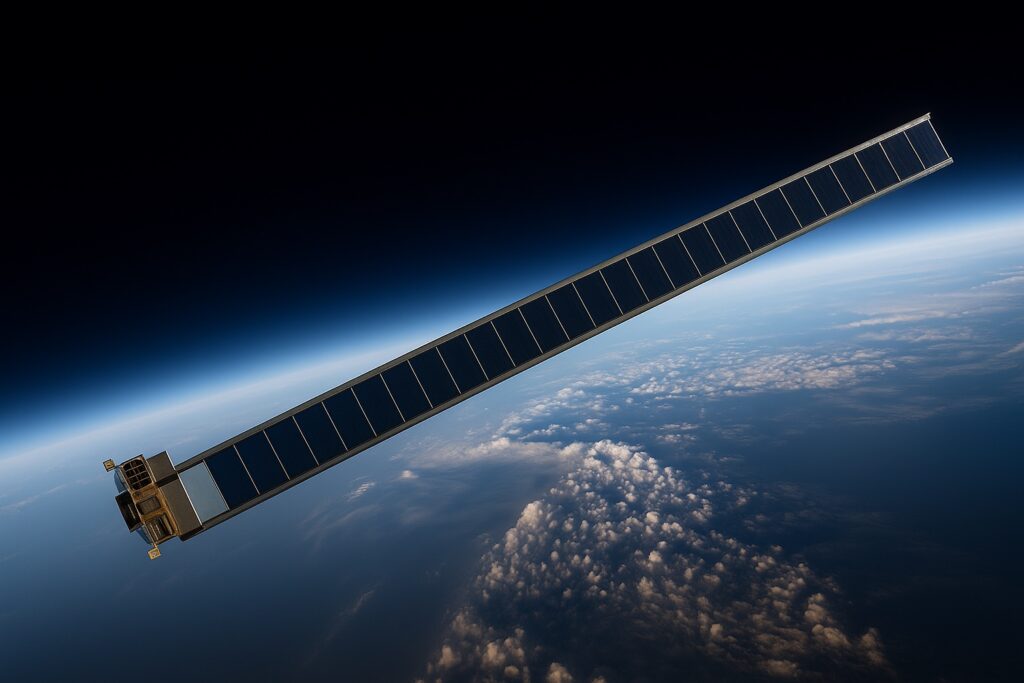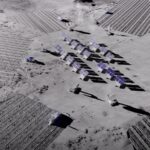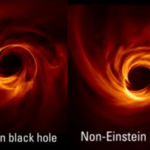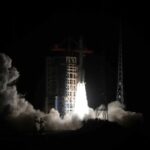Now Reading: Taiwan should build a space-enabled kill web, not big warships
-
01
Taiwan should build a space-enabled kill web, not big warships
Taiwan should build a space-enabled kill web, not big warships


As part of a broader modernization effort, United States defense assistance should focus on freeing Taiwan’s senior military leadership from outdated paradigms by embedding multi-domain operations, joint training and campaign-level wargaming. The Pentagon’s most valuable contribution is doctrinal and architectural: helping Taiwan build a kill web — a distributed sensor-to-shooter network spanning space, air, sea and shore, linked by resilient communications, edge AI and decentralized command and control to find and hit targets fast even under electronic and kinetic attack.
That shift would sharpen Taiwan’s defense effectiveness and reduce the likelihood that U.S. personnel would be drawn directly into a conflict if coalition support became necessary. Enhanced interoperability with U.S. forces — through shared communications, common positioning, navigation and timing (PNT) resilience standards and compatible command and control (C2) links — would make coalition responses faster, less risky and more lethal. It also argues against prestige platforms: rather than pouring resources into big hulls, Taipei should prioritize a resilient, space-enabled kill web that can survive, see and shoot when contested.
When President Lai Ching-te revived the long-shelved Cheng Hai program — next-generation frigates displacing more than 6,000 tons — the move was cast as a symbol of resolve. With defense spending slated to rise toward 5% of GDP by 2030, Taiwan appears finally able to fund ships that, on paper, signal modern naval power. But appearances deceive. Geography and history — not glossy brochures — should drive strategy. In Taiwan’s waters, watched by China’s People’s Liberation Army (PLA) from space to the seabed, large surface combatants would be large targets. The smarter course is asymmetric denial: a resilient “kill web” as described above.
Geography and transparency
Taiwan’s western approaches are compressed into the 130-kilometer-wide Strait; its eastern approaches, once a notional sanctuary, now lie beneath China’s expanding intelligence, surveillance and reconnaissance canopy. That canopy fuses synthetic-aperture radar satellites that see through clouds, electro-optical satellites, maritime patrol and electronic intelligence aircraft, over-the-horizon radars and proliferating unmanned systems in the air, on the surface and undersea. In this fishbowl, a 6,000-ton hull cannot hide. Every radar sweep, datalink burst and routine communications handshake helps fix position and intent. The PLA can automate and accelerate the kill chain — from detection and fixation through tracking and targeting to engagement.
Layered atop this transparency is a strike architecture designed to kill big ships. China fields numerous anti-ship cruise missiles with high-speed, sea-skimming terminal profiles intended to punch through point defenses. Anti-ship ballistic missiles extend the threat envelope far beyond Taiwan’s near seas, guided by cues from PLA’s space, air and surface sensors. Below the surface, a growing submarine force can silently position torpedoes and cruise missiles against predictable surface tracks. The net result: a Chinese targeting network built to sink conspicuous surface targets. Under these conditions, survivability for large surface combatants is not a plan; it is an illusion.
This is not theoretical. The past half-century of naval combat underscores the vulnerability of large ships in theaters dominated by precision munitions and persistent sensing. In the 1982 Falklands War, a sophisticated Royal Navy lost multiple ships to a modest Argentine inventory of Exocet missiles and attack aircraft. During the 1980s “Tanker War,” mines, fast attack craft and anti-ship missiles repeatedly damaged U.S. warships in the Persian Gulf’s confined waters. In 2000, the Aegis-equipped USS Cole was crippled in port by a small suicide boat — an omen of today’s low-cost unmanned surface vessels. Most recently in the Russo-Ukrainian war, Ukraine combined shore-based anti-ship missiles, unmanned surface vessels and aerial drones to sink Russia’s flagship Moskva and damage other vessels, compelling the remaining Black Sea Fleet to retreat eastward — achieving sea denial without fielding a single large surface combatant. The lesson is blunt: in an era of cheap, smart, numerous missiles and drones, distributed denial beats prestige hulls.
Doctrine for survival, not posture
Taiwan’s mission is national survival, not blue-water power projection. The objective is to deny the PLA the ability to blockade or land, not to patrol distant straits. That logic aligns with the Overall Defense Concept championed by Adm. Lee Hsi-min: asymmetry, dispersion, deception, mobility and resilience under fire. It also requires shedding chuanjian paoli (船堅炮利) — the 19th-century fixation on ever-bigger ships and guns as a proxy for strength.
Smaller navies in difficult theaters have drawn similar conclusions. Nordic fleets emphasize submarines, fast missile craft and coastal defenses to complicate Russia’s options in the Baltic. Israel fields small but heavily armed corvettes backed by land-based missiles rather than chasing destroyers. Even New Zealand leans into constabulary duties and coalition operations rather than parity with great-power fleets. Taiwan’s situation is more perilous, but the logic holds: in narrow waters under comprehensive surveillance, survivability comes from dispersion, concealment and mobility — not tonnage.
Build the kill web: sensing that survives
Big hulls demand years of engineering focus, scarce shipyard labor and enormous capital — all for platforms that will be priority targets for the PLA on day one. Every large frigate forecloses dozens of alternatives that impose higher costs on an invasion force while being harder to find and easier to replace. For the price of one prestige ship, Taiwan could field mobile anti-ship missile batteries in depth; tens of thousands of expendable aerial and surface drones; constellations of radar, optical and signal intelligence satellites; distributed passive radio frequency (RF) ground stations and passive radars; and smart minefields. These systems do not dazzle at naval reviews. They do something better: they survive the opening salvos and keep killing.
The center of gravity is a resilient kill web, not a brittle, single-path kill chain. Think of a mosaic of inexpensive, mobile, deceptive nodes that continue to sense, decide and strike even as individual links are jammed or destroyed.
Begin with sovereign space-based surveillance. Radar and optical satellites should provide persistent maritime domain awareness of PLA movements, while signal intelligence satellites geolocate emissions to reveal posture and vulnerabilities. Space assets cue other sensors but usually do not provide the final few seconds of weapons-quality targeting; that last mile should come from assets closer to the target.
Enter small, expendable drones and swarms with optical, infrared and passive RF sensors — including fiber-optic first-person-view or autonomous variants — for agile target acquisition under electronic attack. Along Taiwan’s coasts and offshore islands, distributed RF stations and passive radar triangulate targets while friendly units maintain strict emission control. Add a near-shore underwater acoustic layer — seabed sensors and tethered hydrophones — to detect amphibious groups at night, in fog and under jamming. Space, air, surface and subsea tiers together produce the time-sensitive targeting intelligence that completes the picture.
The shooter layer: flip the cost exchange
Truck-mounted anti-ship missiles dispersed along the coastline could form the backbone of sea denial. They should be joined by guided rockets and long-range rocket artillery to suppress staging areas, piers and logistics nodes; and by rapid, smart minefields (remote-controlled, self-neutralizing, counter-sweep-capable) to canalize amphibious approach corridors.
To flip the cost-exchange ratio, Taiwan should field swarms of unmanned aerial and surface drones that force the PLA Navy to expend expensive interceptors against cheap, proliferated threats. Given manpower constraints, Taiwan can deploy unmanned wheeled 30mm or 50mm mobile guns with optical/IR sensors with edge AI auto-tracking to shred maritime militia craft, small boats and low-speed drones supporting an amphibious assault. Layer in anti-landing obstacles, mobile mortars, gun turrets and abundant inflatable, thermal and RF decoys so the PLA spends precision munitions on fakes while real shooters survive.
Under a drone-saturated sky, self-propelled guns that shoot-and-scoot remain valuable. Tanks are not obsolete, but their role narrows to mobile reserves for counter-landing punches and urban ambushes — after the enemy has been attrited by missiles, rockets, guns and mines. Both arms must be integrated into the kill web with counter-drone cover, deception, rapid displacement, night movement and, where feasible, active protection and drone teaming.
Fight in the spectrum: electronic warfare, counter-EW and PNT resilience
A denial posture only works if every firing unit carries its own electromagnetic shield. Layered counter-drone kits — RF jammers, optical detection, point-defense guns and, where practical, high-power microwaves and lasers — must be standard, not boutique. Island-wide passive RF sensing and coherent geolocation should pair with agile jammers and digital memory–based spoofers to blind PLA datalinks and radars. On defense, Taiwan must harden its own emissions with low-probability-of-intercept waveforms, burst transmissions, strict emission control and directional antennas.
PNT resilience is equally critical. Like Russia has done elsewhere, China will jam or spoof GPS. Taiwan should deploy an eLoran-based terrestrial timing and positioning grid integrated with mission networks so command nodes and weapons remain synchronized when satellites are degraded. Without PNT resilience, civilian lifelines — telecom, power, banking — will falter, and many weapons will fail to engage their targets.
All of this requires C2 engineered to survive: decentralized, redundant and designed for mission command. Communications should be multi-path by default: low Earth orbit satellite communications for capacity and reach, frequency-hopping radios for resilient mid-range links and mobile mesh networks to keep local units connected. On the data side, edge AI can pre-process sensor feeds — de-duplication, confidence scoring and strict “engageable target” rules — to speed decisions while filtering deception. A standing joint targeting cell should orchestrate sensor-to-shooter workflows in minutes or seconds, immediately recycling battle-damage assessment to seed the next strike.
A realistic implementation path
Ukraine has shown that quantity and speed are paramount to win. A realistic implementation path may look like:
- Immediately, Taiwan should expand coastal passive sensing, procure millions of drones and harden redundant communications.
- In 6 to 18 months, Taiwan should scale modular production for unmanned systems, standardize batteries and payload bays, stand up distributed micro-depots for fuel, munitions, spares and field rapid-repair units.
- In 18 to 36 months, Taiwan could deploy or lease radar and signal intelligence satellites, mature underwater acoustic sensing and complete a resilient, AI-equipped command and control network with island-wide positioning and timing backups.
Procurement should favor “buy commercial now, tune continuously,” rehearsed via live-virtual-constructive exercises that integrate data from space, air, sea and shore into one targeting loop.
The broader civil-military foundation matters, too. Microgrids of distributed energy resources, satellite communications (SATCOM) for critical infrastructure and hardened medical evacuation are not afterthoughts; they are the difference between a defense that collapses after the first mass strike and one that keeps sensing, deciding and striking. An industrial mobilization ecosystem — small machine shops, 3D printers, battery suppliers, electronics technicians — must be organized to replenish the expendables that make the kill web lethal at scale.
Leadership for the next war
Hardware will not save Taiwan if leaders cling to outdated concepts. Taiwan’s President Lai needs advisors who think in terms of multi-domain denial, not prestige fleets. Space illustrates the gap: competent militaries already treat satellites as indispensable for surveillance, targeting, navigation and resilient communications. Taiwan has been slow to elevate space as a warfighting domain in its own right. That must change. Sovereign space capabilities — persistent overhead sensing, resilient SATCOM, hardened PNT and electronic warfare — are the backbone of the kill web. Advising investment in big frigates while underinvesting in space and distributed denial is not just outdated — it is negligent.
Holmes Liao has worked in the U.S. aerospace and defense industries for more than 35 years. Previously served as a distinguished faculty member at Taiwan’s War College, he’s also the founder of Taiwan Advocacy, an organization dedicated to Taiwan’s security.
SpaceNews is committed to publishing our community’s diverse perspectives. Whether you’re an academic, executive, engineer or even just a concerned citizen of the cosmos, send your arguments and viewpoints to opinion@spacenews.com to be considered for publication online or in our next magazine.The perspectives shared in these opinion articles are solely those of the authors.
Stay Informed With the Latest & Most Important News
Previous Post
Next Post
-
 012024 in Review: Highlights from NASA in Silicon Valley
012024 in Review: Highlights from NASA in Silicon Valley -
 02Panasonic Leica Summilux DG 15mm f/1.7 ASPH review
02Panasonic Leica Summilux DG 15mm f/1.7 ASPH review -
 03How New NASA, India Earth Satellite NISAR Will See Earth
03How New NASA, India Earth Satellite NISAR Will See Earth -
 04And Thus Begins A New Year For Life On Earth
04And Thus Begins A New Year For Life On Earth -
 05Astronomy Activation Ambassadors: A New Era
05Astronomy Activation Ambassadors: A New Era -
06SpaceX launch surge helps set new global launch record in 2024
-
 07Space Force plans new ‘Futures Command’ amid pressure to speed up modernization
07Space Force plans new ‘Futures Command’ amid pressure to speed up modernization












